Public speaking is as much of an art form as drawing or music. By giving children opportunities to practice recitation and discuss topics in front of peers and friends, they are learning to articulate their thoughts, connect with an audience, and practice speaking loudly and clearly so that others understand and engage.
Since they were small, my children have practiced memorizing Scripture and reciting poems. As they get older, I look for opportunities for them to share what we are learning with family and friends. In different group settings, I have my children share book reports, projects, or research studies with friends and family.
This blog post details the benefits of public speaking, plus how we practice this skill in our homeschool.
In this blog post:
- Benefits of public speaking
- How we practice public speaking in my homeschool
- Public speaking ideas for different ages
- Tips to improve public speaking for children
- Public speaking resources from Treehouse Schoolhouse
Benefits of public speaking
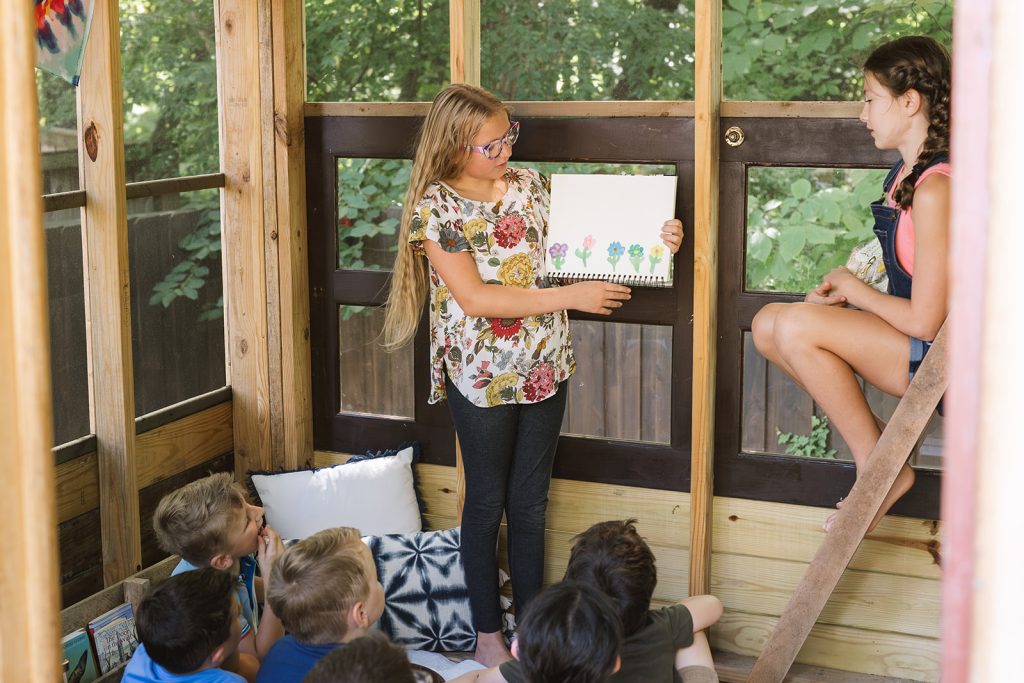
There are many benefits of incorporating public speaking as children learn:
- Improving communication: As children learn, practicing public speaking encourages children to organize their thoughts and communicate their ideas.
- Building up self-confidence: As children learn to speak confidently in front of a group, their confidence and self-esteem will increase.
- Learning critical thinking: As children practice taking what they learn and sharing it in front of a group, they develop a new way to organize their thoughts and share their ideas with an audience. If they receive feedback from their audience, it may provide another perspective on their ideas.
- Improving body language: As children practice recitation and public speaking, they learn to present themselves in a way that engages the audience. This includes standing up straight, looking up and making eye contact, and speaking with confidence and enthusiasm all make for an enjoyable public speaking experience.
- Providing leadership opportunities: As children speak up and voice their opinions, they practice leadership skills like decision-making, planning, and endurance.
How we practice public speaking in my homeschool
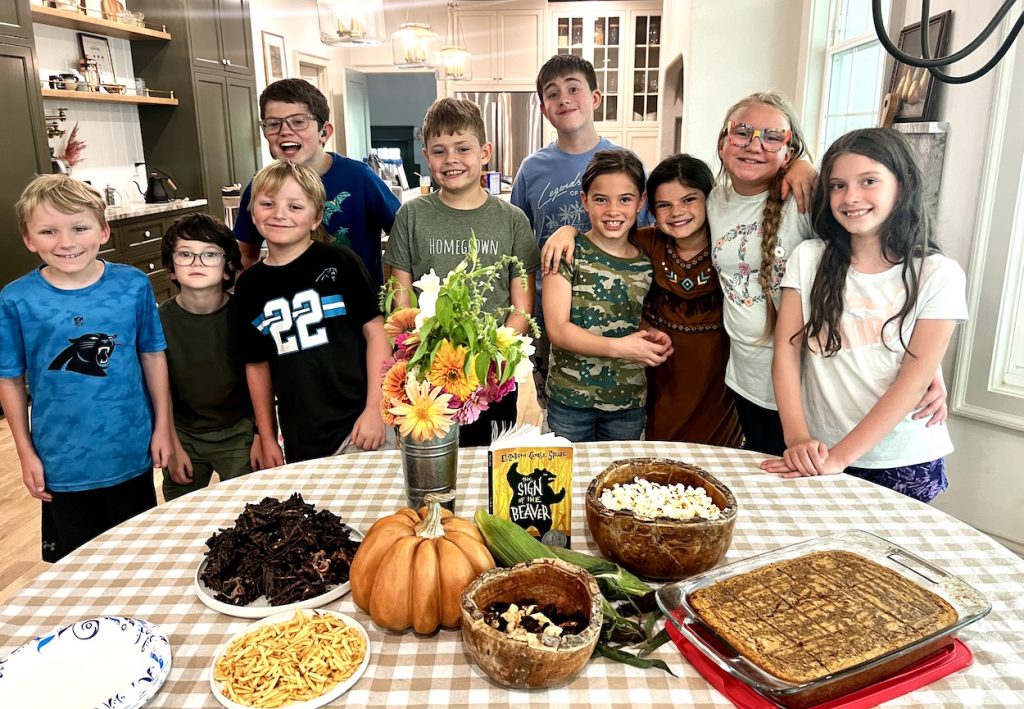
In my homeschool, here are some ways we add public speaking in our family life, school rhythm, and more:
- Family presentations: Each of my children practices reciting poetry or Scripture from memory. I also have them take turns reading aloud to practice speaking confidently and clearly.
- Birthday speeches: In our family, we have a tradition where on a birthday, each child gives a short speech to thank everyone who has come to celebrate. They also have this opportunity to share anything that is on their heart.
- Book club presentations: After we read literature with Treehouse Book Studies, we often meet together with friends to celebrate finishing the book with fun snacks and projects. At this time, I like to give the children an opportunity to share their Book Report Booklet and talk about their favorite book character or their favorite part of the story.
- Other gatherings with homeschool friends: In our homeschool, we like collaborating with friends who study the same topic. This allows us to practice public speaking through presentations. Recently, we all studied Vikings and gathered to share a Viking feast. Each child shared a project and spoke about one aspect of the study.
Public speaking ideas for different ages
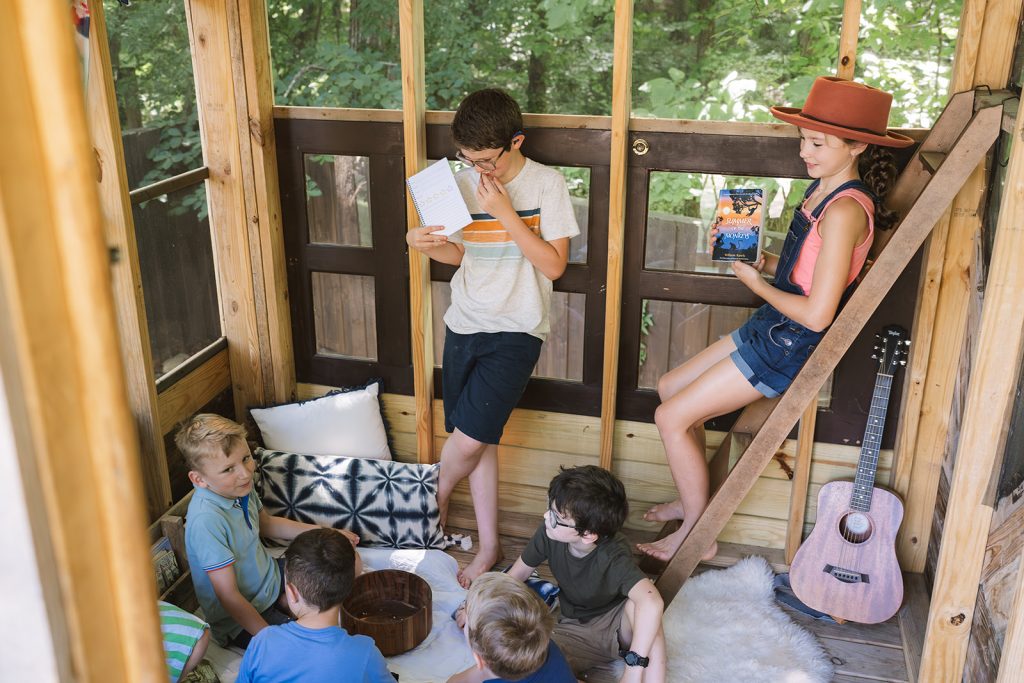
Children can work on public speaking, even from a young age. They do not have to wait until they are older or more advanced to start this practice. An ideal age for children to start working on public speaking is between ages 6-12. The earlier children begin this practice, the sooner they can develop confidence and become more accomplished.
- Ages 4-5: Children can learn hand rhymes, including the words and any hand movements, and practice with family and friends.
- Ages 6-8: Encourage public speaking opportunities through short Scripture memory verses or poem recitation. Encourage children to look up as they speak and speak slowly, loudly, and clearly. Children learning to read can practice reading their favorite book aloud to a parent, siblings, or friends.
- Ages 8-10: At this age, public speaking can look like providing a summary of what they have done or learned. In front of family or friends, children can explain what they did on a recent field trip or tell the story of a book they have read to others.
- Ages 10-12: Begin to encourage more critical thinking skills in presentations. Children not only share information with confidence but make selections that show their interests. They may choose and recite their favorite poem or passage of literature from memory, or they may select their favorite book character and focus on that aspect as they share their learning with others.
Tips to improve public speaking for children
As you work on public speaking in your homeschool, here are some tips for encouraging communication skills with your children.
- Let children choose passages for memorization or topics with guidance from you. Give children the opportunity to choose subjects that spark their interest as they learn.
- Allow children to learn in increments appropriate for their age or learning level. Let them practice memorization in small segments at a time, or develop public speaking presentations over multiple days of study.
- Encourage proper pronunciation and encourage children to speak slowly.
- Being knowledgeable is more important than having a script. As your child prepares a presentation, ask questions to encourage the discussion and mastery of a subject.
- Treat public speaking like a conversation instead of a stage performance. The most compelling presentations are ones where the audience can connect to and relate to the speaker.
- Have fun! Let your child’s interests take priority and encourage their joy as they work through this process.
Public speaking resources from Treehouse Schoolhouse
Treehouse Book Studies
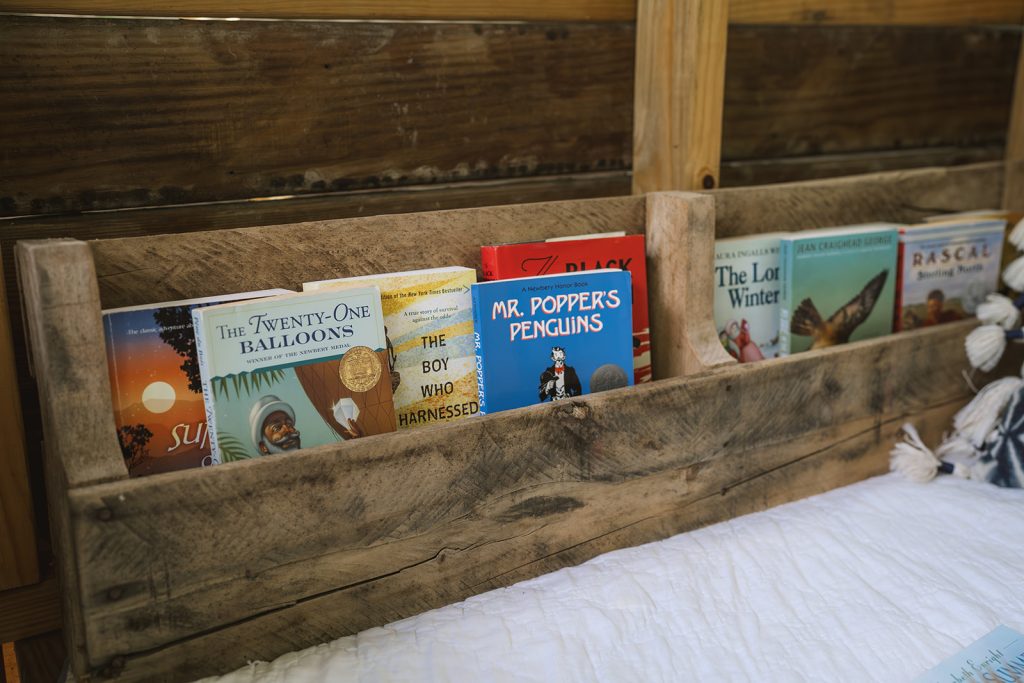
Treehouse Book Studies are a great opportunity to meet together with friends and take turns doing presentations to the group. Encourage children to stand up and speak loudly and clearly, making eye contact as they speak. Presentations could include a portion or all of the following:
- Their favorite part of the book and why. Use the Book Report Booklet as a guide and share their illustration.
- Their favorite character in the book and why. They could even dress up as the character for their presentation! Use the Book Report Booklet as a guide and share their illustration.
- Share notebook pages or projects that they created throughout the month.
- Give a presentation on something from nature, history, or science that they learned throughout the study.
Treehouse Nature Study

Each week of Treehouse Nature Study includes passages for poetry that are appropriate for recitation.
Younger children using Treehouse Nature Study, Primary Years can learn and practice hand rhymes with family and friends.
Older children using Treehouse Nature Study, Intermediate Years can take turns explaining the meaning of new scientific vocabulary and concepts, sharing advanced language arts assignments, and presenting the findings of scientific learning experiments.
Rooted Family Bible Curriculum
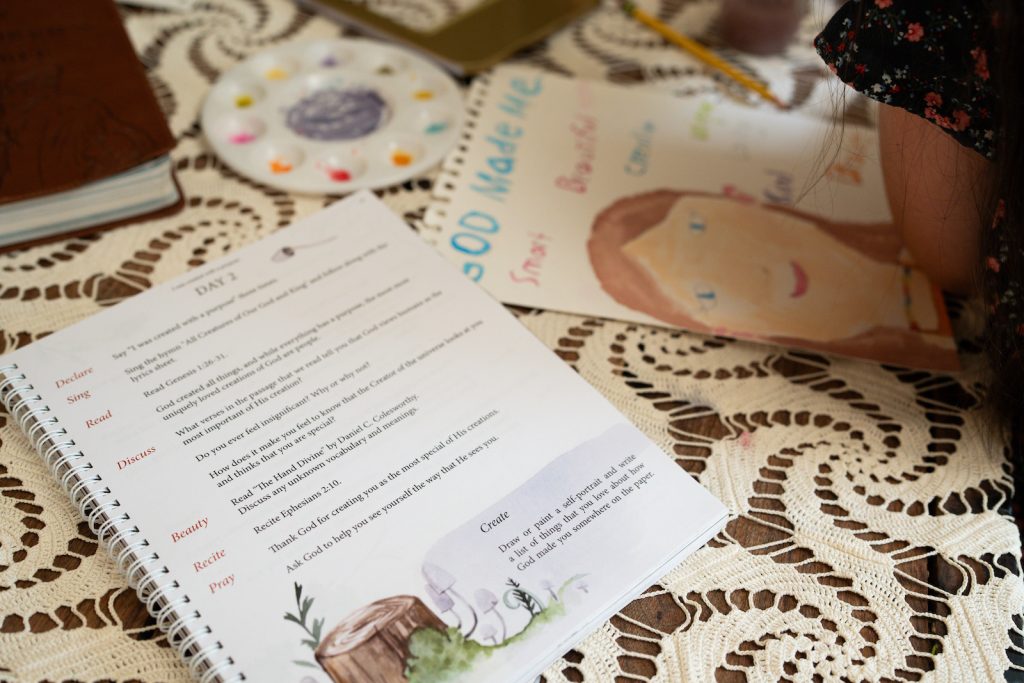
Rooted Family Bible Curriculum includes opportunities for memorization and presentations for all ages. Memorize the week’s Scripture or poem and say it out loud as you work through the daily lesson plans. Present findings about a poet or artist or the child’s biggest takeaway from the curriculum as they learn. Connect the week’s declaration with the Scripture passage, poem, or art selection, and have the child explain how the two relate.
How do you practice public speaking in your homeschool? Let me know in the comments below.



![Why Kids Should Still Read Fairy Tales Today [Free Booklist]](https://storage.googleapis.com/treehouse-schoolhouse-media-dev/8901dcb1-img_6905.jpg)
